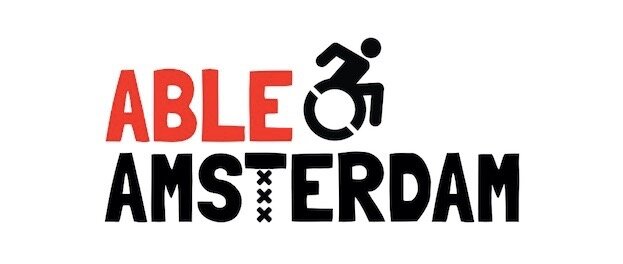8 Reasons to visit the Living Horse Museum in Amsterdam
The smell of horses is probably the last thing you’d expect in the middle of Amsterdam — and yet on a stroll through the Overtoom, you might just get a whiff of the Hollandsche Manege stables. Dating back to 1744, the Hollandsche Manege is the oldest riding school in The Netherlands. The riding school now includes its very own Living Horse Museum dedicated to the building’s history, riders, and horses.
Since 2020, renovations have helped to preserve the building’s historic architecture, to enhance the quality of the horse stables, and to improve wheelchair accessibility. Here are 8 reasons to visit the Living Horse Museum when you’re next in Amsterdam:
1. The Living Horse Museum is located in the heart of Amsterdam.
The Hollandsche Manege entrance at Vondelstraat 140.
The Living Horse Museum is conveniently tucked away behind the Vondelpark on the Overtoom. With a tram stop and (disabled) parking spaces just a few minutes walking distance from the museum entrance, the Living Horse Museum is easily accessible. While you’re in the area, consider combining your visit with a stroll in the Vondelpark and lunch at No Rules (formerly Vondelpark 3).
2. The museum is part of the Hollandsche Manege, the oldest riding school in The Netherlands.
The original staircase dates back hundreds of years.
The Living Horse Museum is located inside the Hollandsche Manege, the oldest riding school in The Netherlands. The riding school continues to offer lessons for riders of all ages and levels of experience.
3. The building has impressive architectural features and decor.
The Hollandsche Manege café.
The Hollandsche Manege was designed by architect A. L. van Gendt — the same architect who designed Amsterdam’s Concertgebouw and Stadsschouwburg (now the International Theatre of Amsterdam). Inspired by the Spanish Riding School in Vienna, the current building was built in 1882. The Living Horse Museum includes a number of historic rooms with impressive ceilings, mantelpieces, and antiques.
4. The museum café serves drinks, snacks, and high tea with a view of the paddock.
Classic Dutch “patat” and mayonaise with a view of the paddock.
A visit to the Living Horse Museum gives you access to the Hollandsche Manege café. Here, you can grab a drink and some classic Dutch snacks (patat, tosti’s, and more). High tea is also served and must be booked in advance.
5. You can experience a monthly Vondel Carousel demonstration.
The Hollandsche Manege. A photo of the Vondel Carousel will be added shortly.
Every 1st and 3rd Sunday of the month the Hollandsche Manege has a Vondel Carousel demonstration. This is a 30 minute-long performance in which a group of horses walk and trot to the beat of music. Male and female riders wear colourful red riding costumes, and female riders use a traditional side saddle.
6. The museum is wheelchair-friendly.
The museum map includes directions to the lift and accessible toilet.
The Hollandsche Manege has a wheelchair lift leading up to the café.
In 2020 the Hollandsche Manege’s renovations included several wheelchair accessibility improvements. There is now a wheelchair lift to each floor, a wheelchair-friendly toilet on the ground floor, and a museum map that includes the building’s accessibility features. For more information, visit Able Amsterdam’s Living Horse Museum page.
7. The stables are open to museum visitors.
The Hollandsche Manege stables on a quiet day.
A visit to the Living Horse Museum includes the opportunity to see the Hollandsche Manege’s stables. While weekends can be busier, visiting the stables on a weekday gives you the chance to get to know the horses in an especially calm setting.
8. Visitors can interact with the horses.
One of the many horses you’ll meet.
Another curious horse posing for the camera.
Last but certainly not least, a visit to the Living Horse Museum means interacting with the Hollandsche Manege’s horses. You may just have a curious horse or two (or three or four) poke their head out beyond their enclosure for attention. Many of the horses will come up for a sniff of your hand and let you stroke them.
For more information about The Living Horse Museum’s accessibility, visit Able Amsterdam’s Living Horse Museum page. To find out more about The Living Horse Museum and plan your next visit, go to the Living Horse Museum website or follow the Hollandsche Manege on Instagram.

